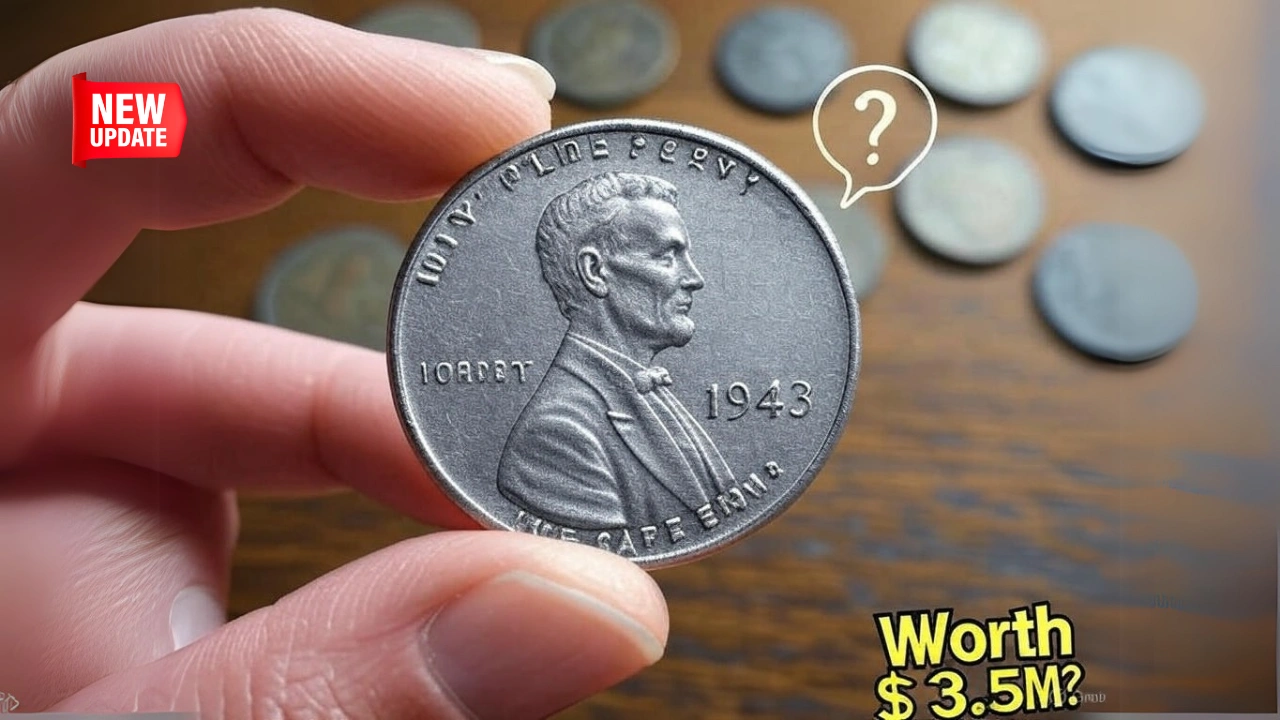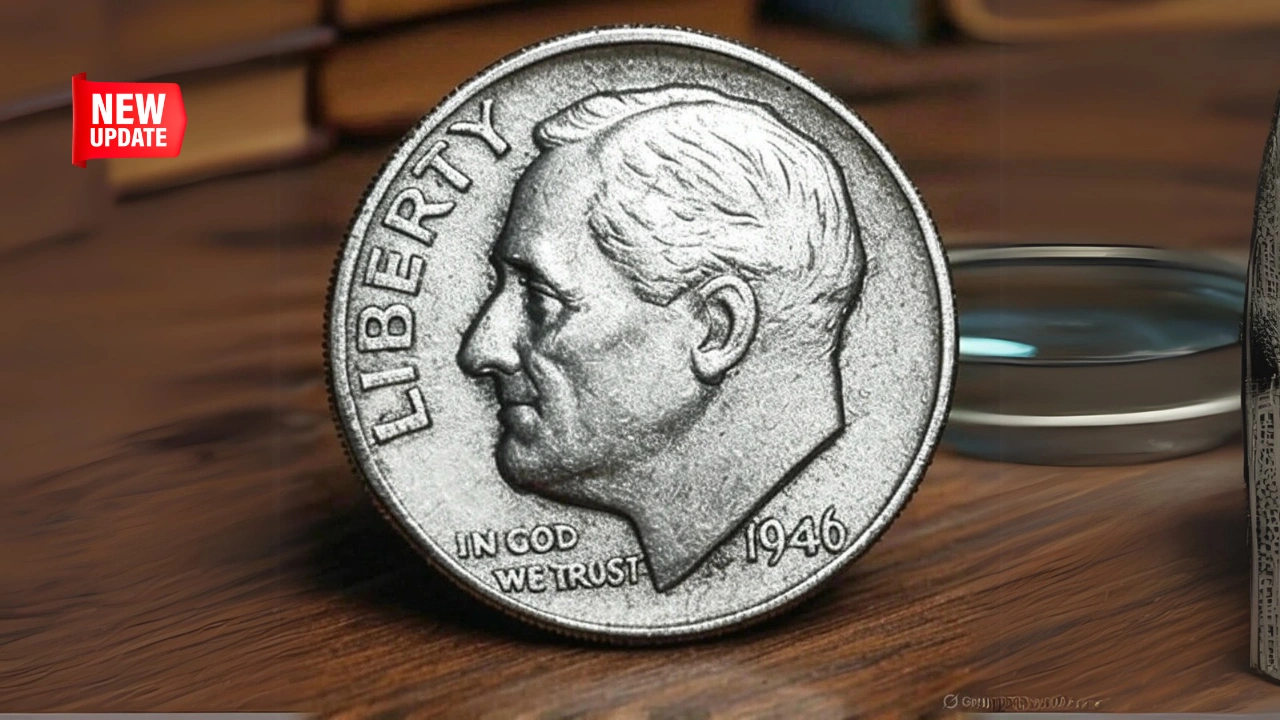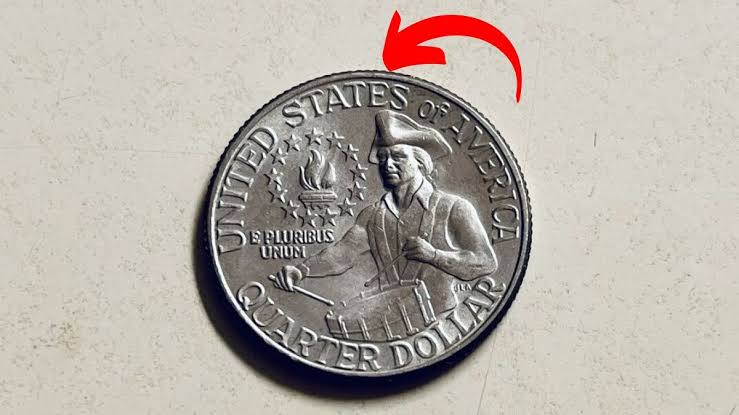The 1943 steel penny is more than just a coin—it’s a piece of American history that could be worth a fortune. Valued at up to $3.5 million for its rare variants, this wartime penny captures the imagination of collectors and casual coin enthusiasts alike. With some of these coins potentially still in circulation, you might be holding a hidden gem in your pocket change. In this article, we’ll explore the 1943 steel penny value, its historical significance, and how to identify a valuable one, all while ensuring this content is optimized for Google’s search engine and adheres to EEAT (Expertise, Authoritativeness, Trustworthiness) guidelines.
The Historical Significance of the 1943 Steel Penny
During World War II, the U.S. faced a critical copper shortage due to the demand for military supplies like ammunition and wiring. To conserve copper, the U.S. Mint made a bold decision in 1943: produce pennies using zinc-coated steel instead of the traditional copper alloy. This resulted in the iconic 1943 steel penny, a silver-gray coin that stood out from its copper predecessors. Over one billion steel pennies were minted across three locations—Philadelphia (no mint mark), Denver (D), and San Francisco (S)—making them common in circulation at the time. However, their unique composition and wartime story have made them a collector’s favorite today.
Despite their widespread production, the steel pennies faced challenges. Their zinc coating was prone to wear, exposing the steel core to rust, especially at the edges. Vending machines, equipped with magnets to detect counterfeit coins, often rejected these magnetic pennies, causing public frustration. By 1944, the Mint reverted to copper, using recycled shell casings, ending the steel penny’s brief run. This one-year production makes the 1943 steel penny a unique numismatic artifact. For more on rare coins, check out our article on the Roosevelt Dime valued at $107,000.
What Determines the 1943 Steel Penny Value Today?
The 1943 steel penny value today varies widely based on condition, mint mark, and rarity. Most circulated steel pennies are worth 10 to 25 cents, while uncirculated examples can fetch $1 to $5. However, top-grade specimens (Mint State 67 or higher) or those with errors can command hundreds or thousands of dollars. The most valuable are the rare 1943 bronze pennies, accidentally struck on leftover copper planchets from 1942. These errors are the holy grail of coin collecting, with one specimen reportedly valued at $3.5 million due to its pristine condition and rarity.
1943 Steel Penny Value Chart by Mint Mark
| Mint Mark | Circulated (VG-XF) | Uncirculated (MS60-MS65) | High Grade (MS67-MS68) |
|---|---|---|---|
| No Mint Mark (Philadelphia) | $0.10-$0.90 | $1-$30 | $200-$5,250 |
| D (Denver) | $0.13-$1 | $1-$10 | $230-$2,500 |
| S (San Francisco) | $0.15-$1.50 | $1.50-$85 | $275-$3,600 |
Source: PCGS CoinFacts and recent auction data
Factors Affecting Value
Several factors influence the 1943 steel penny value no mint mark or with mint marks:
- Condition: Coins in pristine, uncirculated condition (graded MS65 or higher) are significantly more valuable. Circulated coins with wear are worth less.
- Mint Mark: The San Francisco (S) mint mark is often the most valuable due to lower mintage, followed by Denver (D) and Philadelphia (no mint mark).
- Errors: Errors like doubled mint marks (e.g., 1943-D/D) or off-center strikes can increase value. The rarest error is the 1943 bronze penny, with only about 40 known examples.
- Rarity: High-grade coins (MS68+) or bronze errors are extremely rare, driving up their auction prices.
The Legendary 1943 Bronze Penny: Worth $3.5 Million?
The 1943 penny worth $1,000,000 or more is typically a bronze error coin. During the transition from copper to steel in 1943, a few copper planchets from 1942 were mistakenly struck with the 1943 date. These coins, produced in Philadelphia, Denver, and San Francisco, are among the rarest in U.S. numismatic history. A 1943-D bronze penny reportedly sold for $1.7 million in 2010, and recent valuations suggest a top-grade specimen could reach $3.5 million or more. The allure of these coins lies in their scarcity and the story of their accidental creation. Curious about other valuable coins? Explore the 1964 Kennedy Half Dollar value.
How to Identify a Valuable 1943 Steel Penny
Wondering how do I know if my 1943 steel penny is valuable? Here’s how to check:
- Magnet Test: Place a magnet near the coin. A steel penny will stick; a bronze penny will not.
- Color and Composition: Steel pennies are silver-gray due to their zinc coating. Bronze pennies have a coppery hue.
- Weight: Steel pennies weigh about 2.7 grams, while bronze pennies weigh 3.11 grams.
- Mint Mark: Check below the date for a “D” (Denver), “S” (San Francisco), or no mint mark (Philadelphia). The “S” is often the most valuable.
- Condition: Look for minimal wear, sharp details, and no rust. Professional grading by PCGS or NGC can confirm high-grade coins.
If you suspect you have a bronze penny, consult a reputable coin dealer or grading service to verify authenticity, as counterfeits exist.
Pros and Cons of Collecting 1943 Steel Pennies
| Pros | Cons |
|---|---|
| Affordable for beginners, with most coins under $5 | Common steel pennies have low value |
| Rich historical significance tied to WWII | Prone to rust and corrosion, reducing appeal |
| Potential to find rare errors worth thousands | Counterfeits and altered coins are common |
| Widely available in circulation or at coin shops | Grading fees may exceed value for low-grade coins |
Are 1943 Steel Pennies Still in Circulation?
Remarkably, some 1943 steel pennies may still be in circulation. Their silver appearance makes them stand out, but many go unnoticed in change jars or pocket change. The possibility of finding a rare bronze penny—potentially worth millions—adds excitement to the hunt. Check old coin collections, estate sales, or even your local coffee shop’s tip jar. A 1943 penny that doesn’t stick to a magnet could be a life-changing discovery. For another coin with incredible potential, read about the Lincoln Wheat Penny worth billions.
Tips for Collectors
To maximize your 1943 steel penny value, consider these strategies:
- Buy Certified Coins: Purchase coins graded by PCGS or NGC to ensure authenticity and condition.
- Focus on Errors: Seek out doubled mint marks, off-center strikes, or bronze errors for higher value.
- Preserve Condition: Store coins in protective holders to prevent rust or damage.
- Stay Informed: Follow auction results and price guides like PCGS CoinFacts for up-to-date values.
For more insights on coin collecting, visit PCGS CoinFacts for reliable pricing and grading information.
Is a 1943 Penny Worth $85,000?
While most 1943 steel pennies are worth less than $100, certain high-grade examples or errors can reach $85,000 or more. For instance, a 1943-S steel penny in MS68 condition sold for $138,000 in 2014, and bronze errors frequently exceed this value. Always verify with a professional grader to confirm such high valuations.
Final Thoughts: A Penny Worth Millions
The 1943 steel penny is a testament to the surprises hidden in everyday objects. While most are worth just a few cents, the rare bronze variants valued at up to $3.5 million remind us that treasures can hide in plain sight. Whether you’re a seasoned collector or a curious beginner, checking your change for a 1943 penny could lead to a remarkable discovery. Keep an eye out, and you might just find a piece of history worth a fortune.















